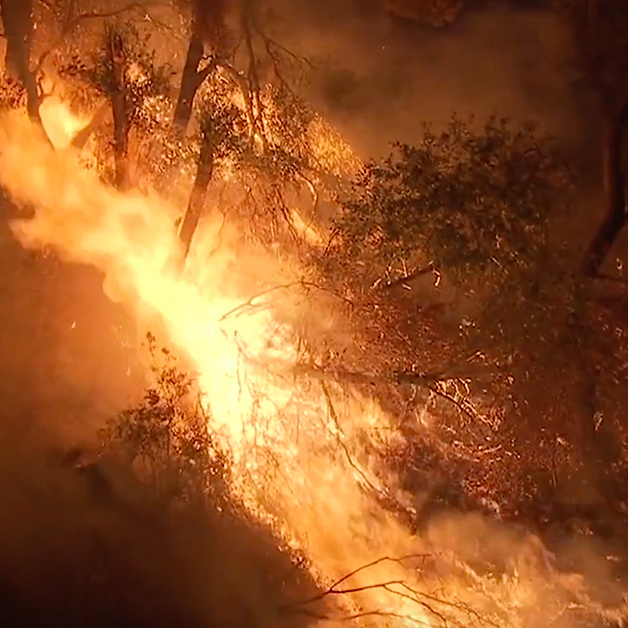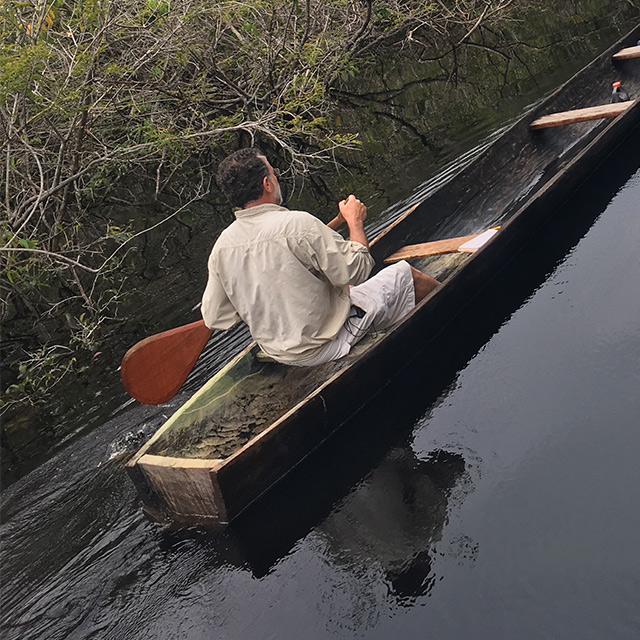7 modules, available at any time
2-4 hours per module
FREE
English
English, Español, Português
None
An internet connection to access course materials
climate change

the Brazilian Amazon and Bhutan

support extant life?

local ecosystems

Overview
This course is self-paced – you can enroll and complete the course materials at any time.
structure
- Pre-recorded lectures
- Readings
- Quizzes and final exam
- Discussion forum
Lead Faculty
-
Faculty Image
Virgílio M. Viana
FAS - Fundação Amazonas Sustentável (Amazonas Sustainable Foundation)
-
Faculty Image
Thomas Lovejoy
George Mason University
-
Faculty Image
Jeffrey Sachs
Columbia University
-
Faculty Image
Peter May
Universidade Estadual do Rio de Janeiro (Federal Rural University of Rio de Janeiro)
-
Faculty Image
Emma Torres
United Nations Development Programme
This course is for
Graduate students and advanced undergraduate students studying ecosystem management, forestry, sustainable development, economics, sustainable business and related fields
Practitioners in forestry, ecosystem management, conservation and related fields who are interested in the current science and research around use and preservation
Sustainable development practitioners – as well as private-sector actors, such as those who work in corporate sustainability and responsibility, land development or tourism – who need to understand responsible consumption and interaction with our ecosystems
Questions?
-
Course team
courses@sdgacademy.org
Course logistics and requirements
This course is self-paced – you can enroll immediately and complete the course materials at any time. We encourage students to engage with one another via the discussion forum. Any specific questions can be sent to the SDG Academy team at courses@sdgacademy.org.Certificates
Learners who successfully complete the course will be eligible to purchase a Verified Certificate signed by the instructors.syllabus
Module 1: Introduction to Terrestrial Ecosystems
Welcome to the Course
Introduction to SDG 15
Terrestrial and Inland Freshwater Ecosystems
Social and Economic Importance of Terrestrial Ecosystems
Human Dimension of Ecosystem Protection and Management
The Savanna Grasslands
Module 2: The Challenges Facing Terrestrial Ecosystems
Ecosystem Degradation
Ecosystem Conversion
Biodiversity Loss
Thresholds and Tipping Points
Fragmentation and Landscape Management
Module 3: Terrestrial Ecosystem Valuation
Valuing Ecosystems Services
Payment for Environmental Services
The Cost of Inaction
Forest Certification
Module 4: Management Systems for Terrestrial Ecosystems
Protected Area Management I
Protected Area Management II
Agroforestry Systems
Sustainable Forest Management
Cross-Sectoral Issues: The Case of Small-Scale Gold Mining
Module 5: Designing Sustainable Ecosystem Programs
From Strategy to Action
Designing for Complex Landscapes
Designing Participatory Methods
Designing Sustainable Institutions: The Case of the Amazonas Sustainable Foundation
The Amazon Rainforest: The Bolsa Floresta Program
Module 6: Public Policies, Programs and Projects: Evaluation and Assessment
The Holistic Design of Public Policies for SDG 15
Evaluation of Public Policies for SDG 15
Evaluation of Projects and Programs Related to SDG15
Evaluation of International Policies Related to SDG15
Module 7: Enabling Institutional Environments for SDG 15
Partnerships for Implementing SDG15
Integrating SDG15 into Local, National and Development Strategies
Enabling Environments for SDG15: The Case of Bhutan
Financial Resources for Achieving SDG15
Technology: Latin American and Caribbean Regional Case Study
How SDG15 Links with Other SDGs
Putting This Course into Action




